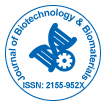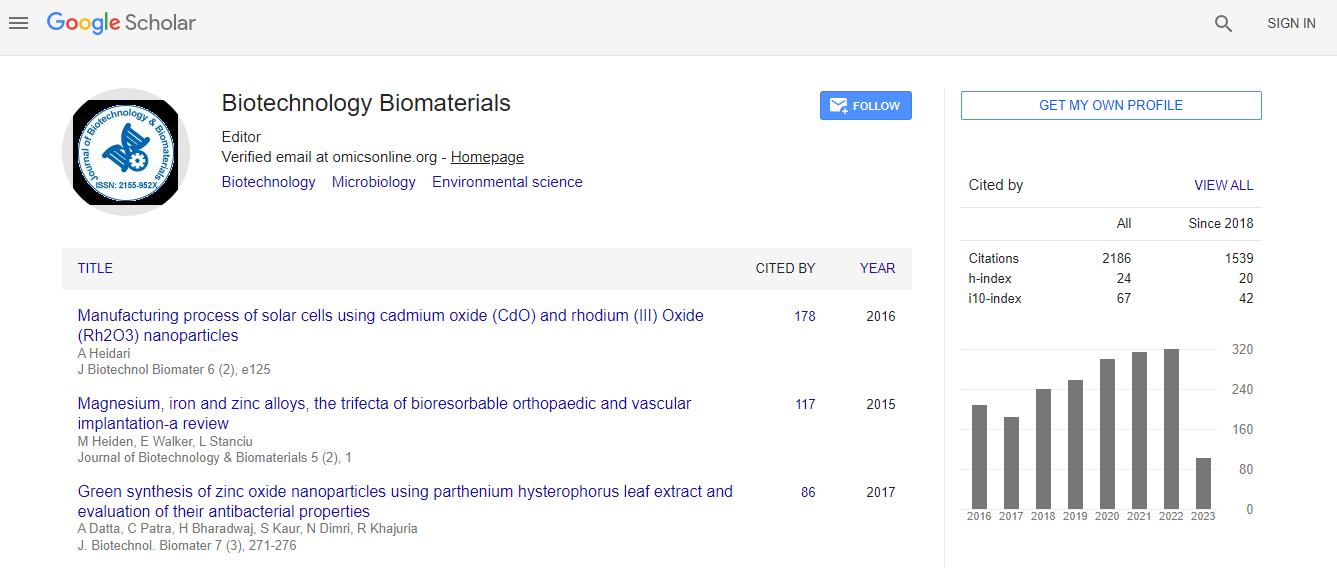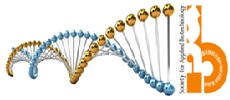Our Group organises 3000+ Global Conferenceseries Events every year across USA, Europe & Asia with support from 1000 more scientific Societies and Publishes 700+ Open Access Journals which contains over 50000 eminent personalities, reputed scientists as editorial board members.
Open Access Journals gaining more Readers and Citations
700 Journals and 15,000,000 Readers Each Journal is getting 25,000+ Readers
Google Scholar citation report
Citations : 3330
Journal of Biotechnology & Biomaterials received 3330 citations as per Google Scholar report
Indexed In
- Index Copernicus
- Google Scholar
- Sherpa Romeo
- Open J Gate
- Genamics JournalSeek
- Academic Keys
- ResearchBible
- China National Knowledge Infrastructure (CNKI)
- Access to Global Online Research in Agriculture (AGORA)
- Electronic Journals Library
- RefSeek
- Hamdard University
- EBSCO A-Z
- OCLC- WorldCat
- SWB online catalog
- Virtual Library of Biology (vifabio)
- Publons
- Geneva Foundation for Medical Education and Research
- Euro Pub
- ICMJE
Useful Links
Recommended Journals
Related Subjects
Share This Page
Intracellular calcium ion signaling dependent on surface properties of biomaterials
3rd Annual Conference and Expo on Biomaterials
Susanne Staehlke, Henrike Rebl, Martina Gruening and Barbara J Nebe
University of Rostock, Germany
ScientificTracks Abstracts: J Biotechnol Biomater
Abstract
The first critical courses for assessing the suitability of a new biomaterial in medicine are biofunctionality and compatibility of the biosystem at the site of its effect. Topographical as well as chemical surface properties of biomaterials have a specific impact of integration and regeneration in bone tissue. The surface stimuli can affect the cell behavior, either detrimentally or favorably. So, the osteoblasts recognize their surrounding by adhesion receptors connected intracellularly with focal adhesion complexes. The associated intracellular actin cytoskeleton is in control for cell morphology, migration as well as for the transmission of signals and forces of the surroundings into the cells. External signals from physico-chemical environments finally influence the cell function (Figure 1). However, it is unclear as to which physiological processes will be affected in detail. In the previous studies, we could find out that defined geometrical micro-pillars influenced the cell architecture and the cell function of human MG-63 osteoblasts. In addition, the mobilization of intracellular calcium ions (Ca2+) after ATP stimulus was significantly impaired in cells growing on micro-pillars. It raises the question whether the mobilization of intracellular Ca2+, as ├ó┬?┬?second messenger├ó┬?┬Ł, represents a sensitive parameter for in vitro studies of cell-biomaterial interactions. In our recent studies we examined the cell physiology and signaling on different chemical properties of biomaterials. The data indicate an increased intracellular Ca2+ signaling on plasma-chemically modified titanium with improved cell adhesion and spreading. The understanding of complex cellular behavior and intracellular signaling events is critical for the acceptance of new biomaterial surfaces in regenerative medicine. Recent publications 1. Moerke C, Mueller P and Nebe B (2016) Attempted caveolae-meadiated phagocytosis of surface-fixed micro-pillars by human osteoblasts. Biomaterials 76:102-114. 2. Staehlke S, Koertge A and Nebe B (2015) Intracellular calcium dynamics in dependence on topographical features of titanium. Biomaterials 46:48-57. 3. Rychly J and Nebe B (2013) Cell-material-interaction. BioNanoMat. 14:153-60. 4. Matschegewski C, Staehlke S, Loeffler R, Lange R, Chai F, et al. (2010) Cell architecture-cell function dependencies on titanium arrays with regular geometry. Biomaterials 31(22):5729-40. 5. Luethen F, Lange R, Becker P, Rychly J, Beck U, et al. (2005) The influence of surface roughness of titanium on ├?┬▓1- and ├?┬▓3-integrin adhesion and the organization of fibronectin in human osteoblastic cells. Biomaterials 26:2423-40.Biography
Susanne Staehlke earned her Diploma in Genetic and Microbiology at the University of Rostock, and went on to earn her PhD at the University Medical Center Rostock, Dept of Cell Biology, Germany, studying the interaction of human osteoblasts with defined microtopographical features of titanium-cell architecture und signaling. She is now a young researcher completing her Post-doctoral training at the University Medical Center Rostock, Dept of Cell Biology. She is a Member of the German Society for Biomaterials (DGBM) and got DGBM Poster awards in 2011 and 2013. She is skilled in western blot analysis, immunofluorescence, biomedical science, flow cytometry, cell signaling and confocal microscopy. She has published over 10 papers and has given several invited presentations at international meetings around the world (Hong Kong: ICBB 2012, Minneapolis: BioInterface 2013, Oslo: ScSB 2013, Rytro: PSBM 2016 and 17, Xian: CMCB2017, Bordeaux: FiMPART 2017).
Email:susanne.staehlke@med.uni-rostock.de

 Spanish
Spanish  Chinese
Chinese  Russian
Russian  German
German  French
French  Japanese
Japanese  Portuguese
Portuguese  Hindi
Hindi 
